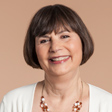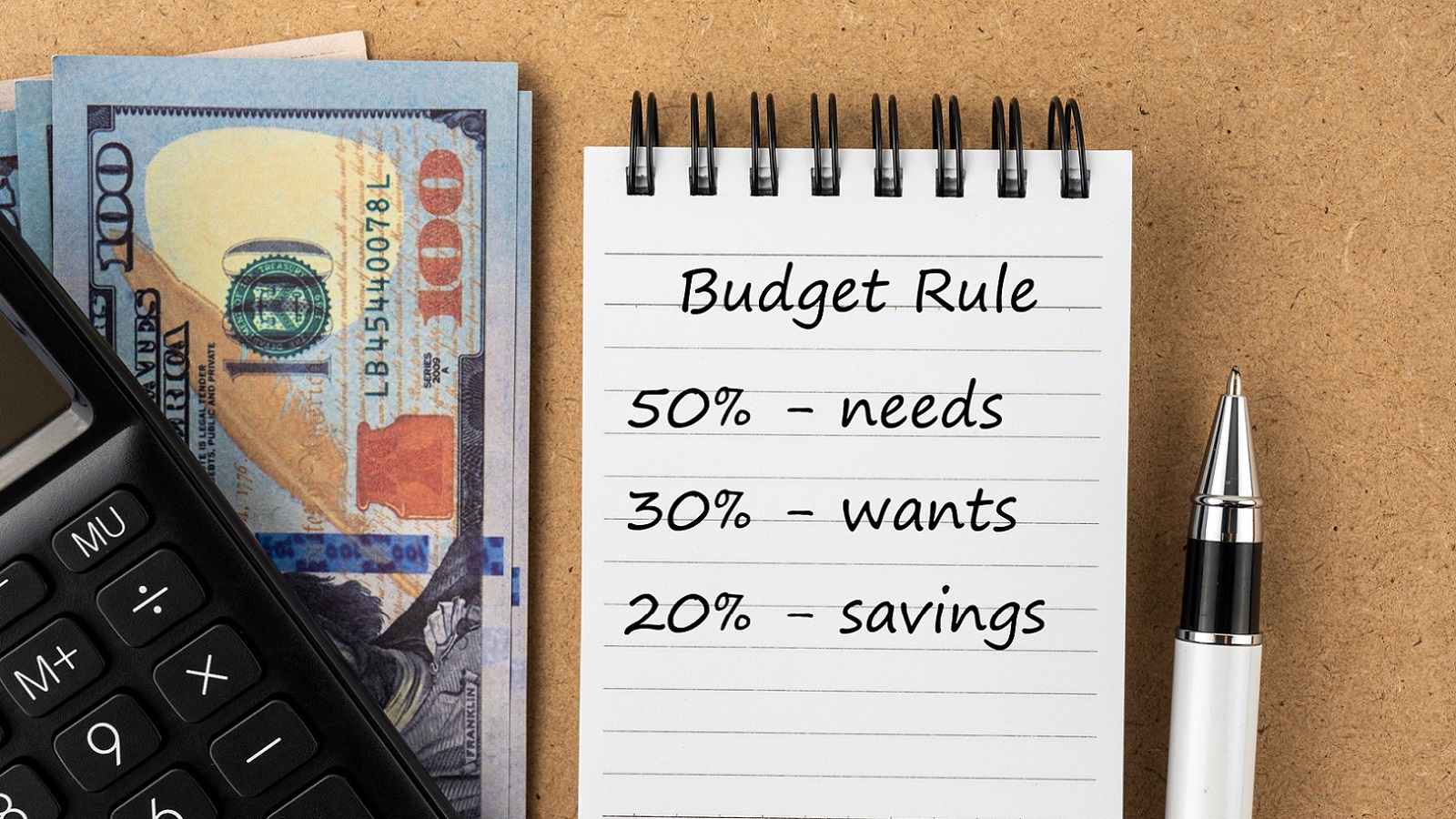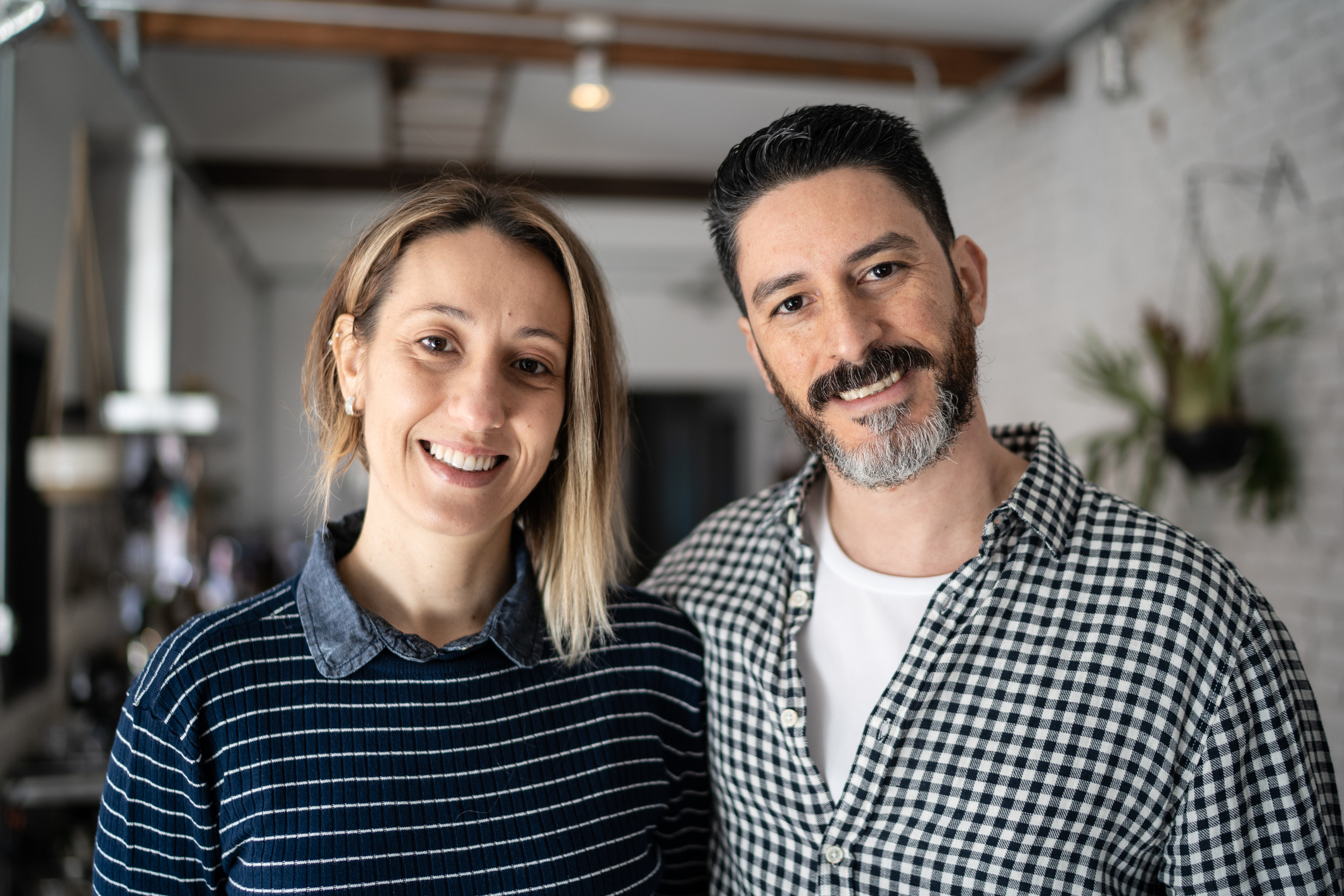Financial Literacy Where It Counts
These programs teach low-income kids money-management skills.

Sometimes, as my editor says, you get a letter from a reader that makes your day, your week, your month. We at Kiplinger's received such a letter from John Mercer, a sixth-grade teacher in Fulton, N.Y., who wanted us to know that our March cover story on how to become a millionaire had made a big impact on his students, many of whom come from low-income households.
"Sadly, most of my students believe that the only way they will ever have wealth is to win the lottery," wrote Mercer. So he used several people profiled in the story -- chef Lorena Garcia; Lonnie Johnson, inventor of the Super Soaker water gun; Danny and Matt Kass, snowboarders-turned-entrepreneurs -- to show his students that "qualities like perseverance, determination and hard work" lead to success.
Mercer also managed to weave in lessons about vocabulary and reading comprehension. But the real payoff was that his students "felt inspired and motivated and have the hope that anything is possible."

Sign up for Kiplinger’s Free E-Newsletters
Profit and prosper with the best of expert advice on investing, taxes, retirement, personal finance and more - straight to your e-mail.
Profit and prosper with the best of expert advice - straight to your e-mail.
Mercer's experience is particularly timely because April is financial literacy month, and financial literacy is critical for low-income students. They need to learn money-management skills, but they also need to know they have a stake in the bigger economy.
I'd like to single out two other grass-roots programs that target inner-city youth. Washington Jesuit Academy, a middle school for disadvantaged boys in Washington, D.C., is one of eight schools participating in the Stocks in the Future program developed by Johns Hopkins University.
When I visited Bob Wassman's sixth-grade class, students were learning what determines stock prices. But they also earn points for class attendance and grade improvement that they can convert into real cash -- up to $80 per year -- to buy real stocks. "Learning to put a little aside will make a big difference to them when they get a job," says Wassman.
Also worthy of note is the Educated Consumer Project, which holds after-school sessions twice a week for students at McKinley Technology High School in Washington, D.C.
Brainchild of Jonathan Kivell, a master's-degree student at Georgetown University, the program aims to introduce low-income teens to banking and credit so that, as adults, they can steer clear of payday loans.
Classes are taught by students from Georgetown and Howard universities, who ended up learning a thing or two themselves.
Get Kiplinger Today newsletter — free
Profit and prosper with the best of Kiplinger's advice on investing, taxes, retirement, personal finance and much more. Delivered daily. Enter your email in the box and click Sign Me Up.

Janet Bodnar is editor-at-large of Kiplinger's Personal Finance, a position she assumed after retiring as editor of the magazine after eight years at the helm. She is a nationally recognized expert on the subjects of women and money, children's and family finances, and financial literacy. She is the author of two books, Money Smart Women and Raising Money Smart Kids. As editor-at-large, she writes two popular columns for Kiplinger, "Money Smart Women" and "Living in Retirement." Bodnar is a graduate of St. Bonaventure University and is a member of its Board of Trustees. She received her master's degree from Columbia University, where she was also a Knight-Bagehot Fellow in Business and Economics Journalism.
-
 Stock Market Today: Stocks Gain on Tech, Auto Tariff Talk
Stock Market Today: Stocks Gain on Tech, Auto Tariff TalkThe Trump administration said late Friday that it will temporarily halt tariffs on some Chinese tech imports.
By Karee Venema
-
 Sam's Club Plans Aggressive Expansion: Discover Its New Locations
Sam's Club Plans Aggressive Expansion: Discover Its New LocationsSam's Club expansion plans will open up to 15 new stores each year. Learn where they plan to open in 2025.
By Sean Jackson
-
 What Does Medicare Not Cover? Eight Things You Should Know
What Does Medicare Not Cover? Eight Things You Should KnowHealthy Living on a Budget Medicare Part A and Part B leave gaps in your healthcare coverage. But Medicare Advantage has problems, too.
By Donna LeValley
-
 The 50-30-20 Budget Rule: A Simple Way to Save Money
The 50-30-20 Budget Rule: A Simple Way to Save MoneySaving Using the 50-30-20 budget rule is an easy way to save. It helps you prioritize saving while paying off debt.
By Erin Bendig
-
 How Our Family Fights Inflation
How Our Family Fights InflationBudgeting Millennials typically spend more than other generations on certain expenses that have been increasing most rapidly. Here are some tips to cut your losses.
By Lisa Gerstner
-
 Gas Prices Around the World
Gas Prices Around the WorldBudgeting Many world gas prices can make what Americans pay at the pump seem like a bargain. But not all.
By David Muhlbaum
-
 What You Can Do About Medical Debt
What You Can Do About Medical DebtBudgeting Millions of Americans are awash in debt from medical care. If you’re one of them, we have your options, whether the bills are new or a collector is calling.
By Elaine Silvestrini
-
 How to Motivate Kids to Save
How to Motivate Kids to Savepersonal finance It's not easy teaching your child to save. Here are some ways readers have incentivized their kids to keep track of their finances.
By Janet Bodnar
-
 What to Do When You Can’t Pay Holiday Debt
What to Do When You Can’t Pay Holiday DebtBudgeting More Americans borrowed money to pay for holiday purchases and now the bill is due. Balance transfer cards offer a reprieve.
By Elaine Silvestrini
-
 Is Budgeting Overrated?
Is Budgeting Overrated?Budgeting Take it from a financial planner, not everyone needs a budget. In fact, sometimes a budget can distract you from the real solutions to your financial problems.
By Matt J. Goren, Ph.D., CFP®